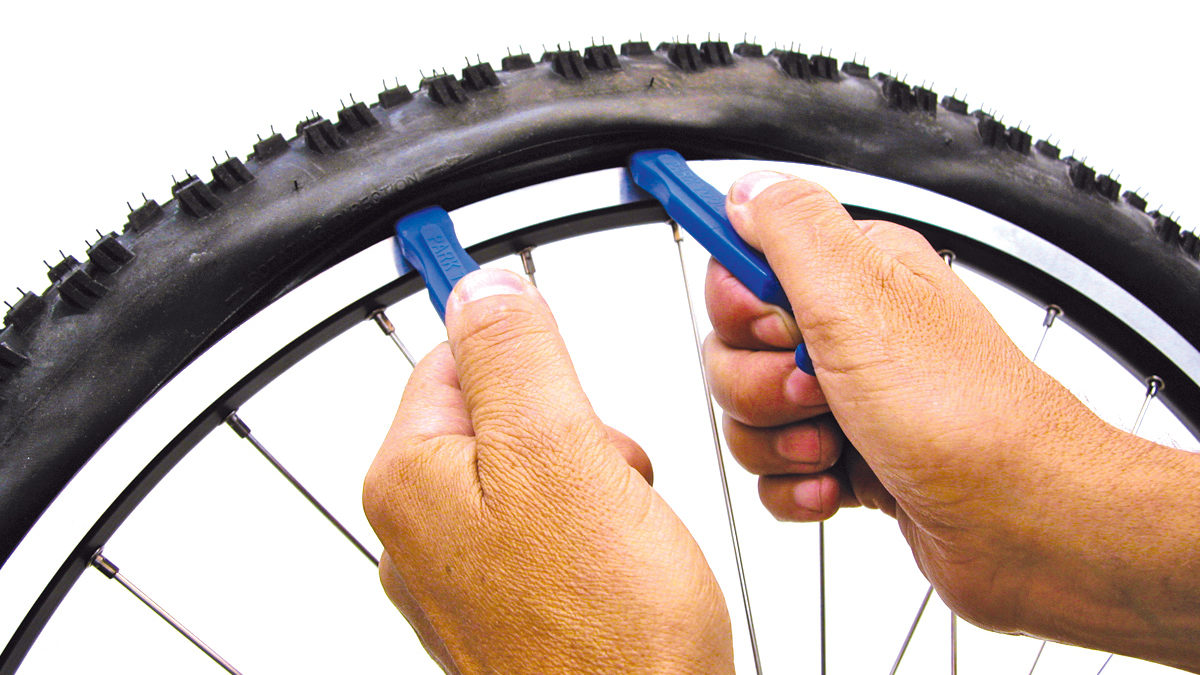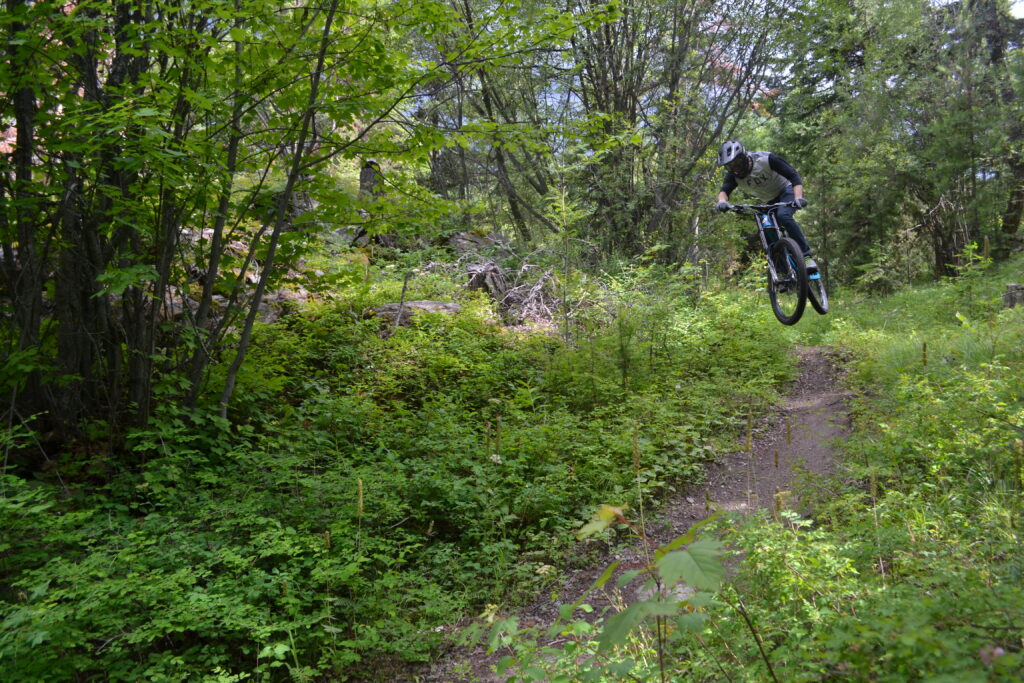How to Change a Flat Tire on a MTB (Step-By-Step Process)
So you’re out riding and you get a flat tire. It’s unfortunate but do not worry! The following article will help you get back on your bike and enjoying the trails in no time. We will be going through a step-by-step process on how to change your flat, wether you are out on the trails or at home.

Step 1 – When you get a flat you will need to make sure you have the correct tools and supplies that you will need to change the flat. My go to list of supplies include: a pump (floor or hand pump), 3 tire levers, allen keys in case you do not have quick releases for your front and rear wheels, and lastly a tube or patch kit.
Step 2 – Remove the wheel from the bike. Allen keys may be necessary depending on the bike you are working on.
Step 3 – Remove the tire from the rim. This step can either be easy with a tire that has a light casing or a cruiser bike, or it can be extremely difficult as is the case with a new downhill or a road tire. Now there are numerous different ways people do this step, but my preference is to remove the tire completely from the wheel. The way to do this is to pinch the tire exposing a gap large enough to get a tire lever into. Work the second and third tire levers in to the gap, inching your way around the rim. This step takes some force to accomplish on thicker casing tires. Just watch your hand placement because tire levers can break resulting in your hand smashing into the disk or cassette.

Step 4 – Once you have removed the tire from the rim you need to determine the cause of the flat. This is often overlooked but will often save you a headache later. There is nothing worse than putting in a new tube and pumping it up to determine that a nail or thorn was in the tire and causes your new tube to deflate. The way I determine what caused my flat is to run my hand on the inside of the tire. Be gentle when doing this so you don’t get a nail in your fingertips. As you are running your hand on the inside give the exterior of the tire a check as well. You will notice if there are tears in the side wall or if an object is in the tread. Once the tire has been inspected I always pump up the flat tire to see what caused the flat. If you see what looks to be a snake bite then you had a pinch flat, which means that your tires were under pressure when you came into contact with an object. This results in the tube getting pinched between the object you came in contact with and the rim.
Step 5 – After identifying and removing the root cause of your flat it is time to install the new tube. This is also when I would replace the tire depending on wear. For this step I like to slightly inflate the tube so it resembles the shape of the tire. Too much air in it will cause you issues when trying to put the tire on. Place the tube in the tire and line up the valve stem with the hole in the rim. Work one side of the tire onto the rim using your hands only, this will require some pretty good grip strength. Once one side is completely on the rim now the fun begins, especially for road bike and thick downhill tires. Try your best to put the tire on without the aid of tire levers as they can potentially pinch the tube against the rim. It is best to have a buddy lend a hand in this step and use all the leverage you can.

Step 6 – Time to pump up the tube to within the manufactures recommendations, although this may vary based on the type of terrain, riding style and personal preference. If your flat was caused by a pinch flat then increase your tire pressure by a few PSI. When airing up your tire ensure that the tire is seeded properly on the rim. Most tires have a line around them that you can use for reference. I always give my wheel a spin and see if it is rolling smooth or if the tire has high and low spots as it rolls.
Step 7 – Reinstall the wheel and make sure that it is on tight.
Step 8 – Clean up all your tools and supplies. Old tubes can be patched if the hole is small enough or they can be used for a range of other things. Now time to get back on the trails and enjoy the ride!

Looking to upgrade your tires for the upcoming season? Shop our entire selection of tires here!
